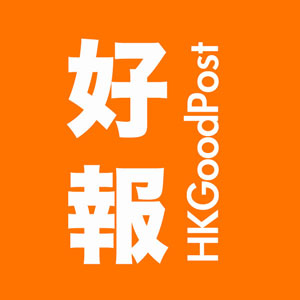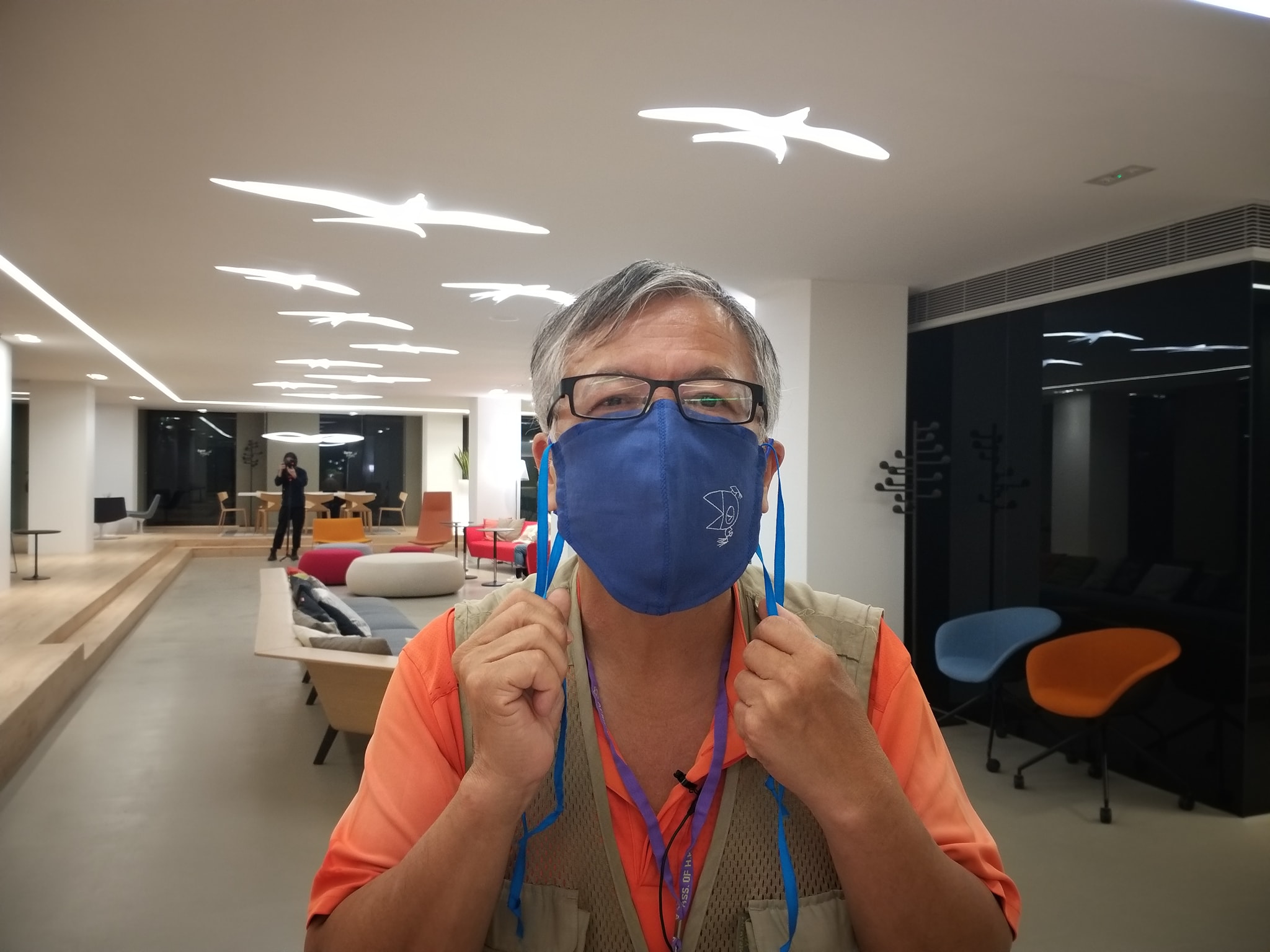細閱只需 4 分鐘
But civil society emerges as rapid response groups form when the usual parties responsible become stuck and paralysed. The outbreak has roused the entrepreneurial and innovative spirit of citizens as a means of resilience and survival.
We are witnessing the rise of “citizen innovation” amid the epidemic. In Hong Kong, a filmmaker who gave his name as “Mr Tang” put together a mask factory in two weeks and has produced hundreds of thousands of masks that will be sold at HK$1 a piece – just a fraction of the market price.
A local theatre group of volunteers started making reusable fabric masks, which will be supplied to frontline medical workers. The chemistry godfather K Kwong has shared best practices on how to develop homemade masks with the public. Meanwhile, a local beautician whipped up a concoction of liquids to produce homemade hand sanitisers, freely distributed to low-income groups.
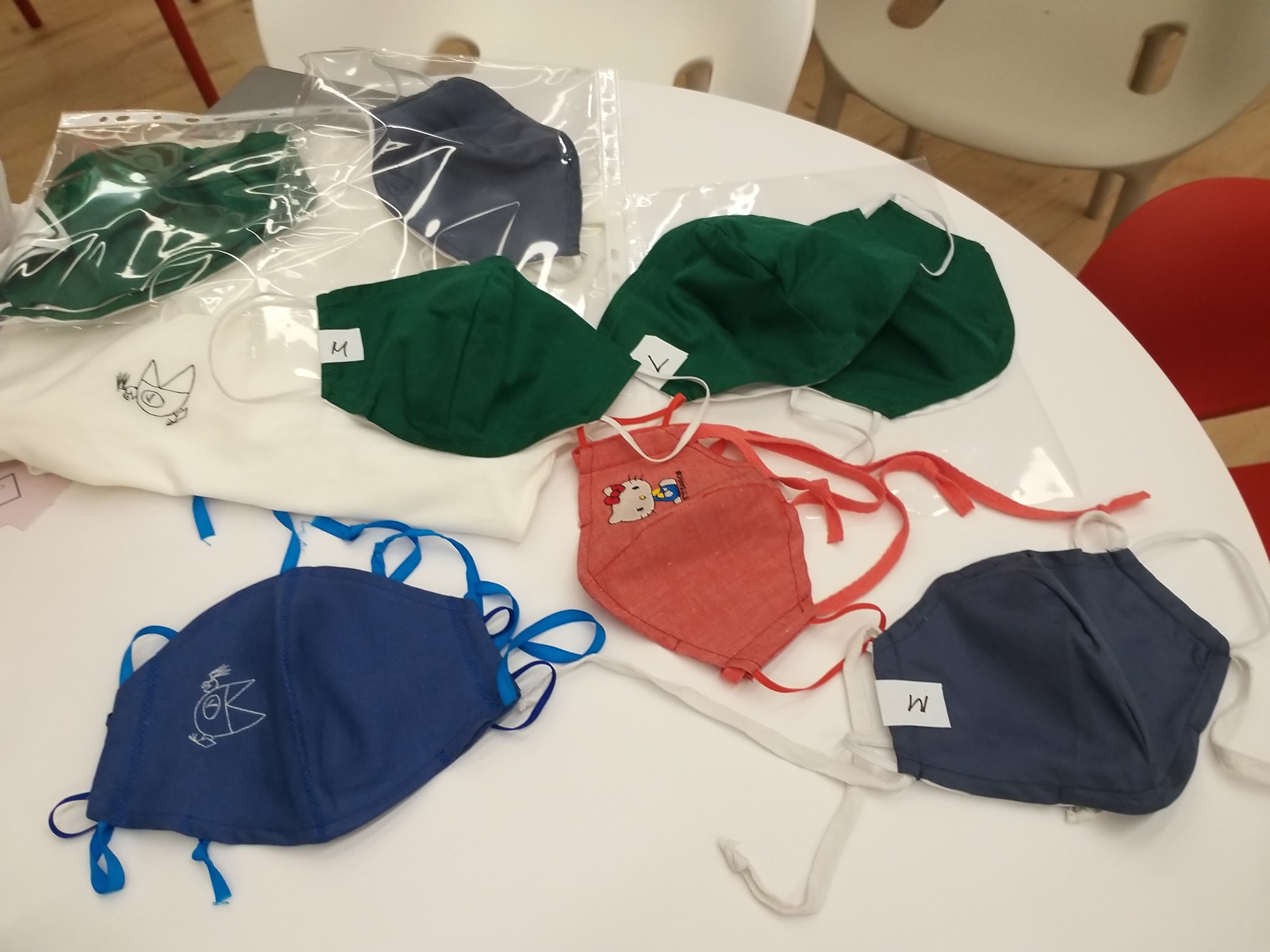
Citizen innovators’ work is imperfect by design, but they satisfy an urgent need through “satisfying” not “optimising.” In a recent lab test by the City University of Hong Kong, homemade face masks had around 80 to 90 per cent effectiveness compared with conventional surgical masks, though they warned they were not a permanent substitute for the latter. Not bad for citizen innovation.
To add to this long list of innovators are the citizen enterprises that have existed for some years, promoting personal hygiene. Suddenly they found new meaning as a kind of grassroots defence against COVID-19 infection.
For example, the World Toilet Organization and Soap Cycling both play a part in stimulating a change in public behaviour by advocating proper toilet hygiene and handwashing using soap.
Green Monday gained popularity for its plant-based meat substitute during the swine flu crisis last year, showing that an alternative to pork does exist and it can be a game-changer in what and how we eat.
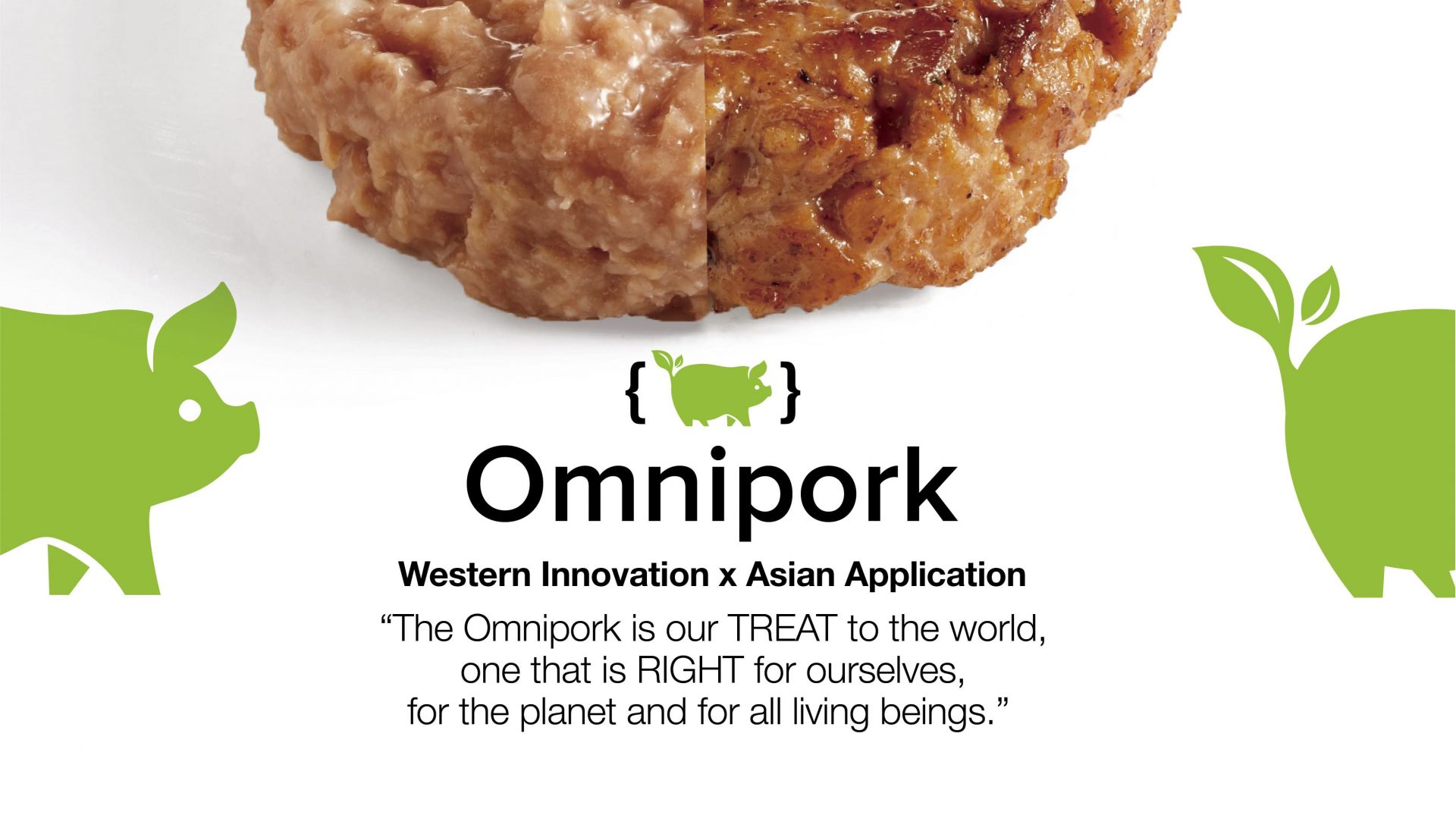
In other countries, citizen innovation has emerged in different forms. In countries battered by high healthcare costs for years, like the United States, the skyrocketing price of insulin (for diabetic patients) has driven citizen biohackers to concoct their own insulin (The Open Insulin Project) and share their formula with the public.
Another group of citizen biohackers have developed an artificial pancreas – for Type 1 diabetes – and created the Open Artificial Pancreas System movement.
In another example, students in an extreme engineering design course at Stanford University developed infant warmers that rely on very simple designs and material costing only 1 per cent of the cost of conventional baby incubators. It has benefited thousands of villagers with no electricity access in less developed parts of the world.
There are countless examples of citizen innovation in both medical and non-medical, high and low tech settings. The body of research on user innovation, pioneered by Eric von Hippel from Massachusetts Institute of Technology, shows that many doctors and surgeons – acting as individuals – have created innovative medical devices. These range from computer-assisted navigation systems for neurosurgery and orthopaedics to biocompatible implants, all because their needs are not met by manufacturers.
What has not been discussed is the idea that citizen innovation can stimulate bigger and more resourceful actors – such as large businesses and wealthy individuals – to take part in tackling crises.
For example, we have recently read news about Li Ka-Shing, Maxim’s Group, Lok Sin Tong and actor Louis Koo Tin-Lok have taken part in sourcing and donating face masks to the public.
If a Mr Tang or a K Kwong alone can do so much for the city, this sends a wave of compassion to the big players and a belief that they can do something grander. Simply put, citizen innovation is infectious for good reasons.
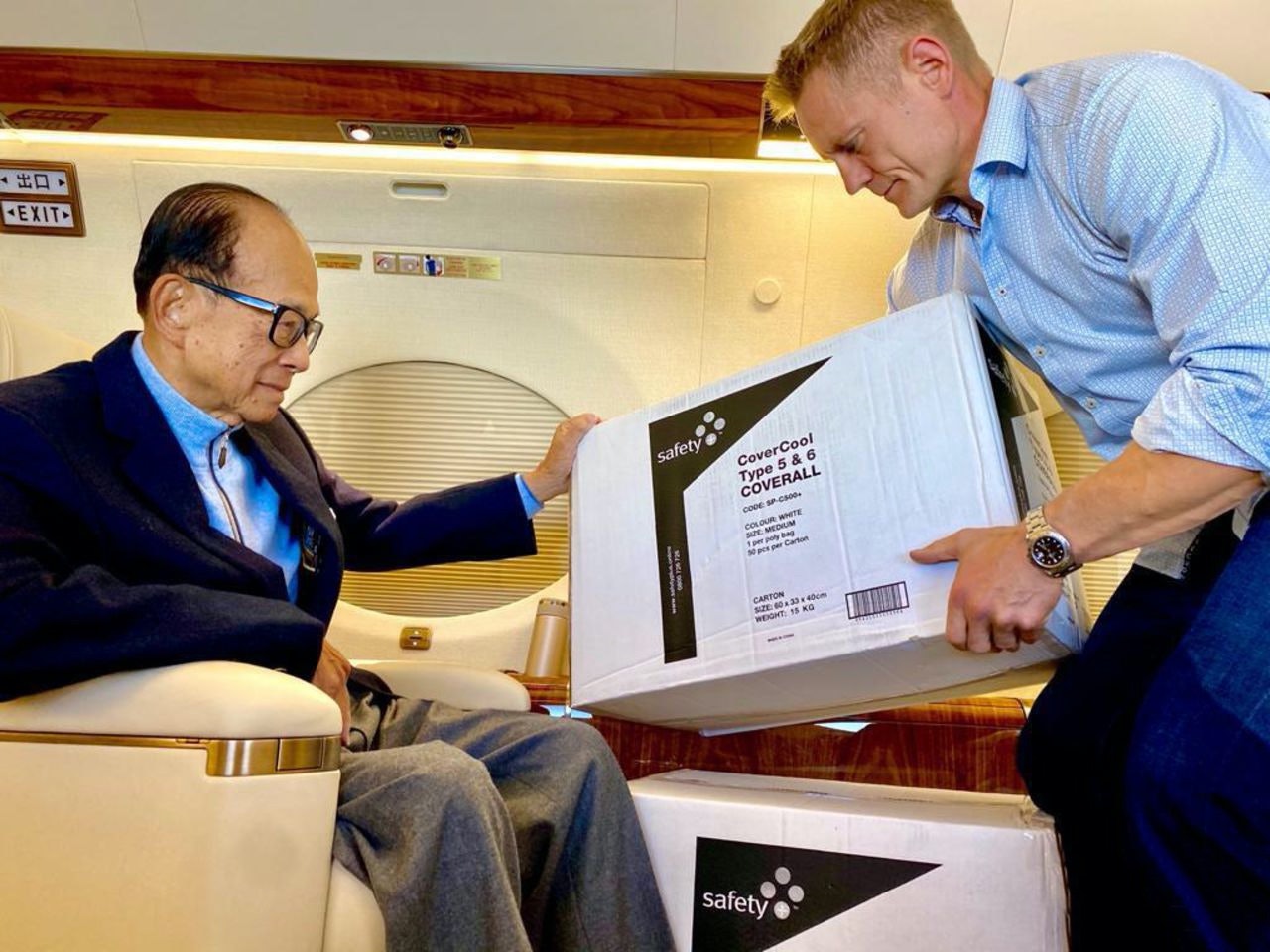
The gist of citizen innovation is that it is first and foremost not about profit. It is driven by solidarity, reciprocity, compassion for others, and trust.
Citizen innovators are often former victims themselves, like a concerned civilian who cannot find affordable face masks or a diabetic patient searching for an alternative cure. As a result, they have intimate knowledge of problems and their own solutions.
Some are driven by anger, compassion for the weak, or simply happen to have the technical skills necessary to tackle public problems. But citizen innovators often discover that a crisis is an opportunity to create civic wealth.
Civic wealth-making is defined as efforts to make a community richer, happier and more resilient to external shocks, like the current epidemic. But the real feature of citizen innovation lies not in the objects they create but rather the change they inspire in public mindset and behaviour. Hence, citizen innovators stimulate a change in public behaviour towards desirable outcomes.
The crisis has taught us the importance of citizens from all walks of life playing their part as solution providers when essential goods disappear from the market. If face mask and hand sanitiser-making were taught in schools and universities as part of social innovation or creativity or leadership practicum, hundreds of thousands of families could become more resilient against similar future epidemics.
However, there is one shortcoming of citizen innovation: scaling up. Citizen innovation often lacks the resources to replicate and refine the innovation. On this point, partnerships with the government and business are needed to provide the resources to refine the innovation, to gain legitimacy, and to make it widely available.
